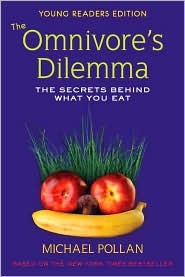NARRTIAVE NONFICTION should be engaging like fiction—that fact that it happens to be based on real events is like icing on the cake. It’s often illustrated rather than using photographs. Aurhors may use back matter to offer additional information.
INFORMATIONAL NONFICTION offers the facts with no narravtive elements. It uses information sidebars, indexes, italicized words, glossaries, and other elements to teach the information to readers. It’s more text-heavy.
She says when you think about the nonfiction you’re writing, consider the two categories. Research the market to see if there are other books on your chosen topic, and be sure yours has a unique slant.
There are nonfiction books for various age levels each with its own considerations.
Board books: You need a strong platform and credentials. Doing your homework is important. Often board book creators create the content and they may also create novelty formats. (ROCK AND ROLL COLORS is an example.)
Picture books: Today’s nonfiction picture books are different than they were in the' 80s and '90s. Nonfiction picture book text is now shorter and snappier, more witty, clever and funny. The language is accessible and age-appropriate. A strong story arc is important and there must be dramatic tension. Choose a figure, person or event with a dramatic arc. (DAVE THE POTTER is an example.)
Middle grade: Jamie says research is the key—you’re getting into a tremendous amount of research writing a nonfiction book of this length. It’s important for an author to have a strong platform. Also be aware that the cost of photo permissions is taken out of an author’s advance. Some authors use their own photos. (THE GOOD THE BAD AND THE BARBIE is an example.)
Young adult: Memoirs have been doing well and selling well and, again, must read like fiction. Also young readers adaptations (adult books, like THE OMNIVORE’S DILEMMA FOR KIDS) done over for younger readers. They are relatable and can be aspirational and light and fun or, on the flip side, depressing.
Fact-based or fact-inspired fiction: Perfect for when an author is inspired by a real story, but can offers facts in the format of a fictional story and thus avoid permissions for using names and places. (WHEN ANJU LOVED BEING AN ELEPHANT is an example.)
Here are some reasons for rejection from real rejection letter for nonfiction project Jamie has shopped to editors:
- Unknown historical figure
- Won’t appeal to a broad enough audience
- Lacks cirriculum connection or other specialized tie-in
- Similar titles are not selling well for the publisher or other publishers






No comments:
Post a Comment